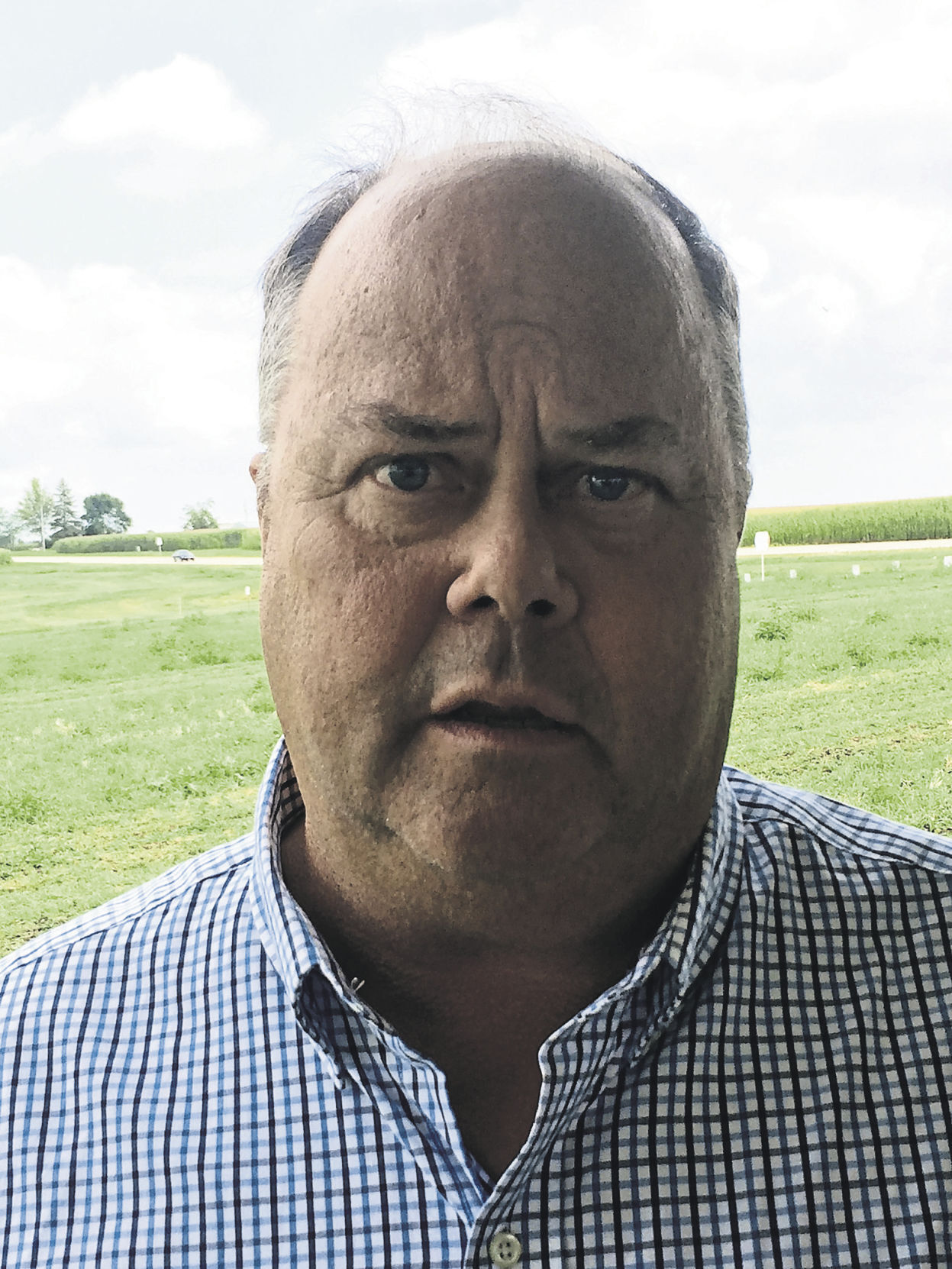DARLINGTON, Wis. — Research conducted on Lafayette County farms is making a case for the financial benefits of implementing conservation practices, the first study of its kind conducted in the region.
“Really, what the farmer wants to know, is it going to pay for itself?” said Kory Stalsberg, a farm business and management instructor at Southwest Wisconsin Technical College, who participated in the research. “It’s going to be more appealing to more producers if we can show that by doing these things that we know are already good for the environment, there is a positive return for you at the end of the day.”
The study was spearheaded by the nonprofit organization Farmers for Sustainable Food; Grande, an Italian cheese manufacturer in southeastern Wisconsin; and Houston Engineering Inc., an environmental planning and engineering firm.
It evaluated the effectiveness of a new model that can be used to help farmers assess the usefulness of conservation practices for their farms and document environmental and financial effects.
Twelve members of the Lafayette Ag Stewardship Alliance, a nonprofit focused on promoting environmentally sustainable farming, had an environmental analysis of their fields conducted.
They used an average of five conservation practices on their fields, such as contouring, strip cropping and tillage reduction. Three farms underwent an additional financial evaluation in which Stalsberg examined their balance sheets.
Financial analysis indicated that yields were consistently higher for corn grain, corn silage and alfalfa compared to an average of Wisconsin and Minnesota farms, but so were the costs of production.
In the case of corn grain, the gross return per acre for the three LASA farmers was more than 8% lower, or $62.22 per acre, than an average of Wisconsin and Minnesota farms, but 45% greater for corn silage and 43% greater for alfalfa, differences of $349.07 and $353.56 per acre, respectively.
Environmental analysis of LASA farms also confirmed what previous research illustrated — conservation practices significantly reduced sediment and fertilizer runoff into local waterways.
Sediment loss declined by 28%, a difference of 0.75 tons per acre annually.
Similar reductions were found for nitrogen and phosphorus — about 15% — a difference of about half a pound per acre annually. Both elements are used in fertilizer and in higher concentrations can cause algae blooms when they enter waterways, damaging natural resources and wildlife.
“I thought we were doing a good job, but I didn’t know we were doing that great of a job,” said Jim Winn, LASA president.
Researchers estimated that if 50% of all fields within the study area, which includes all of Lafayette County and portions of Dane, Grant, Green and Iowa counties, were planted with cover crops, area watersheds would experience an annual reduction of 35%, or 672,595 tons, of sediment; 24%, or 706,621 pounds, of nitrogen; and 20%, or 34,932 pounds, of phosphorous that leaves the area downstream.
The project will continue through 2022, providing longitudinal data that tracks changes over time.
Winn sees room for optimism and believes the financial case will persuade more farmers to consider conservation measures.
“Since the birth of our group LASA (in 2017), … I cannot believe the cover crops that are being grown in Lafayette County now compared to two years ago,” he said. “It’s just quadrupled.”



